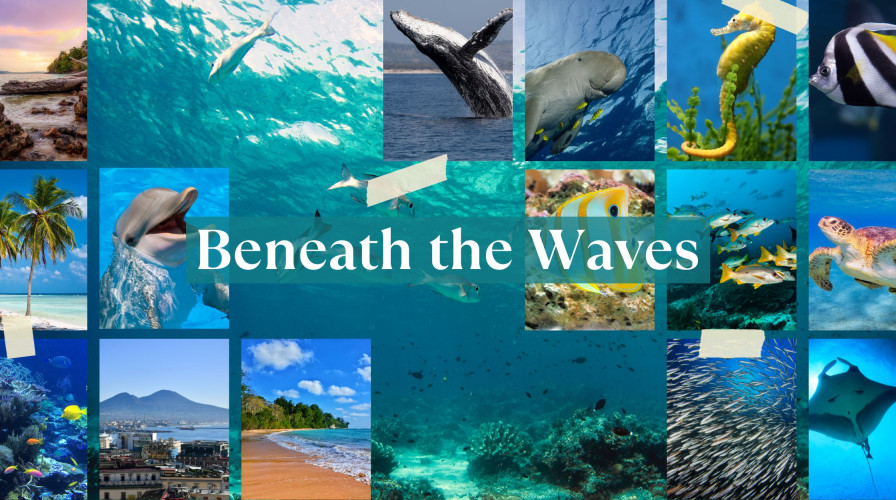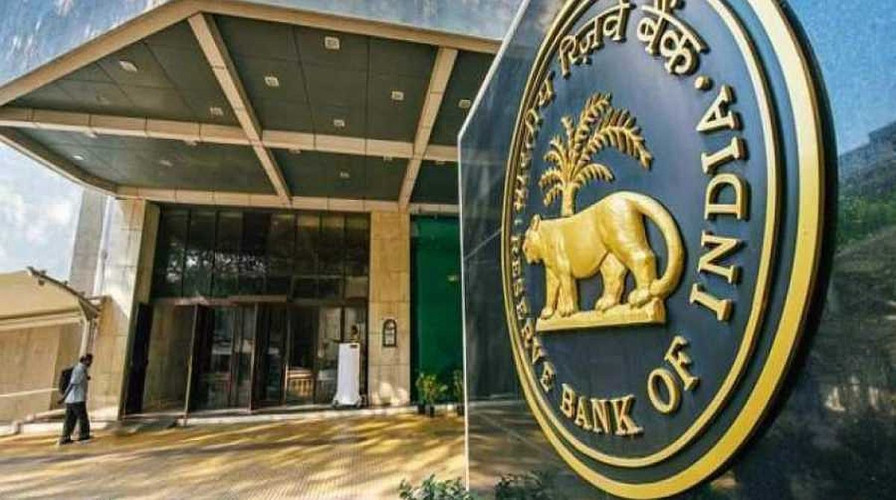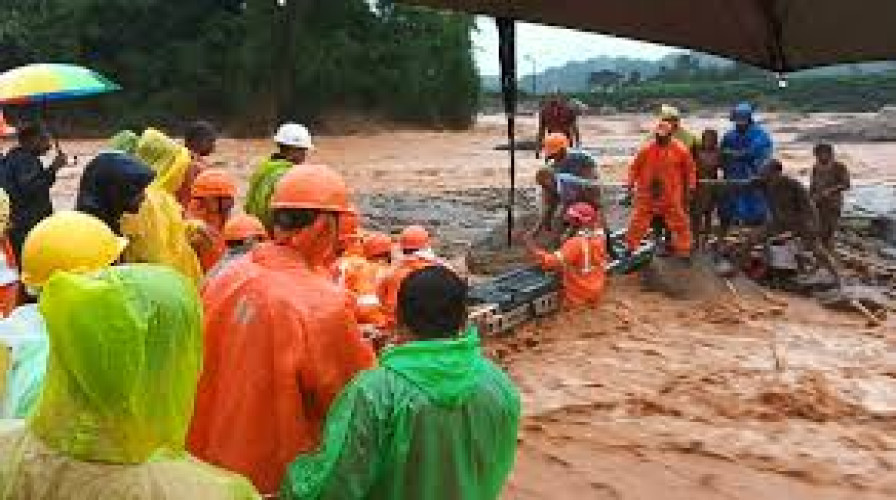Beneath the Waves: Discovering the Rich Marine Life of India's Coastal Waters
India’s vast coastline, stretching over 7,500 kilometers, is a treasure trove of marine biodiversity. From the Arabian Sea in the west to the Bay of Bengal in the east, the coastal waters of India are teeming with a rich variety of marine life. These waters are home to vibrant coral reefs, diverse fish species, and majestic marine mammals, making India a hotspot for marine enthusiasts and conservationists alike. Let's dive into the fascinating marine life found in India’s coastal waters and the efforts being made to protect this underwater paradise.
Coral Reefs: The Underwater Rainforests
India’s coral reefs, often referred to as the underwater rainforests, are among the most diverse ecosystems on the planet. Here are some notable coral reef regions:
1. Andaman and Nicobar Islands
The coral reefs around the Andaman and Nicobar Islands are among the most pristine in the world. These reefs are home to over 500 species of corals and a myriad of marine life, including colorful reef fish, sea turtles, and dugongs. The crystal-clear waters and vibrant coral gardens make it a diver’s paradise.
2. Lakshadweep Islands
The Lakshadweep archipelago is another coral haven, known for its stunning atolls and coral reefs. The rich marine life includes species such as butterflyfish, angelfish, and manta rays. The coral atolls provide essential habitats for a variety of marine species, contributing to the region’s biodiversity.
3. Gulf of Mannar
Located between India and Sri Lanka, the Gulf of Mannar is a biosphere reserve known for its extensive coral reefs. This area supports a diverse range of marine species, including over 360 species of coral, various types of sponges, and the endangered green sea turtle.
Marine Mammals: The Giants of the Sea
India’s coastal waters are also home to several species of marine mammals. These majestic creatures play a crucial role in the marine ecosystem:
1. Dolphins
Various species of dolphins, such as the Indo-Pacific humpback dolphin, bottlenose dolphin, and spinner dolphin, can be spotted along India’s coast. Dolphins are often seen leaping out of the water and riding the waves, delighting both locals and tourists.
2. Whales
The waters around India host several whale species, including the blue whale, Bryde’s whale, and the elusive sperm whale. Whale watching has become a popular activity in regions like the Andaman Islands and the coasts of Kerala and Tamil Nadu.
3. Dugongs
Also known as sea cows, dugongs are gentle marine herbivores found in the shallow waters of the Andaman and Nicobar Islands and the Gulf of Mannar. Dugongs are vulnerable to extinction, and conservation efforts are underway to protect their habitats.
Fish Species: A Diverse Aquatic World
India’s coastal waters are a fisherman’s dream, with an abundance of fish species. Some notable ones include:
1. Groupers and Snappers
These reef-dwelling fish are commonly found around coral reefs and rocky outcrops. They are not only ecologically significant but also economically important for local fisheries.
2. Tuna and Mackerel
Tuna and mackerel are pelagic fish that roam the open seas. They are vital for commercial fisheries and are a staple in the diet of many coastal communities.
3. Seahorses and Pipefish
Seahorses and pipefish, with their unique shapes and fascinating behaviors, are found in seagrass beds and mangrove areas along India’s coast. They are often sought after in the aquarium trade and for traditional medicine.
Conservation Efforts: Protecting Marine Biodiversity
Despite the rich marine life, India’s coastal waters face numerous threats, including overfishing, pollution, and habitat destruction. However, several initiatives are underway to protect and preserve this marine wealth:
1. Marine Protected Areas (MPAs)
India has established several MPAs to conserve critical habitats and protect marine species. Notable MPAs include the Gulf of Mannar Marine National Park, the Sundarbans National Park, and the Mahatma Gandhi Marine National Park in the Andaman Islands.
2. Community-Based Conservation
Local communities play a vital role in marine conservation. Initiatives such as sustainable fishing practices, coral reef restoration projects, and awareness programs are empowering communities to protect their marine resources.
3. Research and Monitoring
Research institutions and NGOs are actively involved in studying marine ecosystems and monitoring the health of coral reefs and fish populations. This scientific knowledge is crucial for formulating effective conservation strategies.
Conclusion
India’s coastal waters are a vibrant and dynamic ecosystem, home to an astonishing array of marine life. From the kaleidoscopic coral reefs of the Andaman and Nicobar Islands to the majestic dolphins and whales cruising along the coast, the richness of India’s marine biodiversity is unparalleled. Protecting these marine treasures is not just a responsibility but a necessity, ensuring that future generations can continue to marvel at the wonders beneath the waves.
India’s coastal waters offer a glimpse into a world brimming with life and colour. By fostering conservation efforts and promoting sustainable practices, we can safeguard this natural heritage and celebrate the rich marine life that makes India’s coastline a true underwater paradise.








